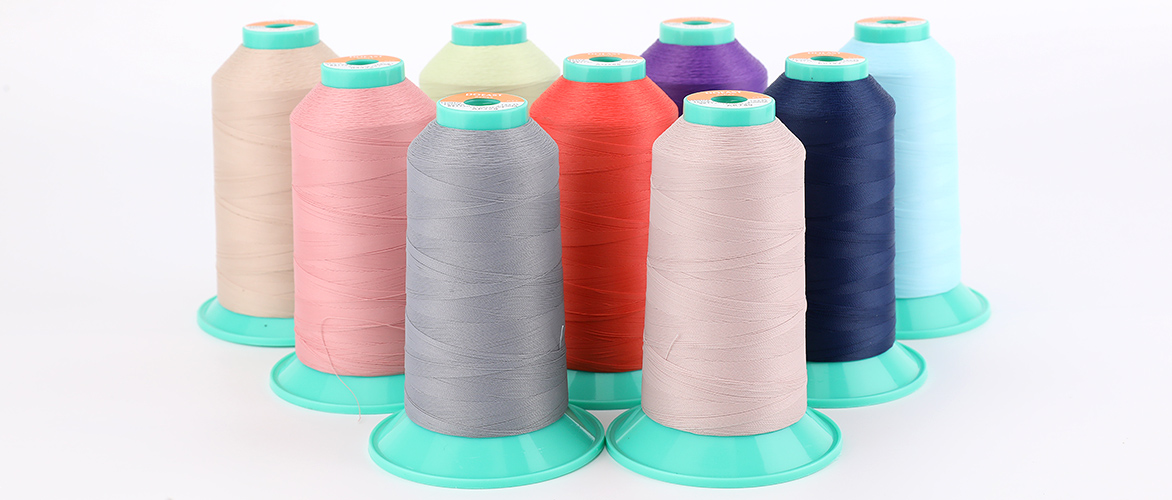Super-elastic continuous filament (SECF) is a type of advanced fiber material that is known for its unique mechanical properties. SECF is made by drawing a polymer melt or solution through a small orifice, which produces a thin, continuous fiber with a diameter typically ranging from micrometers to millimeters. SECFs have been used in a wide range of applications, from textiles to biomedical engineering.


One of the key characteristics of SECF is its high elasticity, which is often referred to as "super-elasticity." This property allows the fiber to be stretched to several times its original length and then return to its original shape without any permanent deformation. This is in contrast to traditional fibers, which typically exhibit some degree of plastic deformation when stretched beyond their elastic limit.
The high elasticity of SECF is due to its unique molecular structure. SECF is composed of long polymer chains that are highly oriented along the fiber axis. This orientation gives the fiber its high tensile strength and stiffness, but also allows it to deform elastically when subjected to stress. Additionally, SECFs often have a "shape memory" property, which means they can return to their original shape after being deformed.
SECFs have a wide range of potential applications due to their unique mechanical properties. In the field of textiles, SECFs have been used to create high-performance fabrics that are stretchy, durable, and comfortable to wear. In biomedical engineering, SECFs have been investigated for use in tissue engineering, drug delivery, and other applications that require materials with high elasticity and biocompatibility.
One example of a SECF that has been widely studied for biomedical applications is polyurethane (PU). PU SECFs have been shown to have excellent biocompatibility and mechanical properties, making them ideal for use in biomedical devices such as artificial blood vessels and scaffolds for tissue engineering. Additionally, researchers have developed techniques for incorporating drugs and other therapeutic agents into PU SECFs, which could potentially be used for targeted drug delivery.
Another area where SECFs have shown promise is in the field of energy storage. Researchers have developed SECF-based supercapacitors, which are devices that store electrical energy by separating positive and negative charges on opposite sides of a porous material. SECFs are well-suited for this application due to their high surface area and conductivity, which allow for efficient charge transfer and storage.
In conclusion, super-elastic continuous filaments are a unique class of advanced fiber materials with a wide range of potential applications. Their high elasticity, biocompatibility, and conductivity make them ideal for use in textiles, biomedical engineering, energy storage, and other fields where materials with exceptional mechanical properties are needed. As research into SECFs continues, it is likely that new and exciting applications will be discovered.

 English
English Chinese
Chinese Japan
Japan


